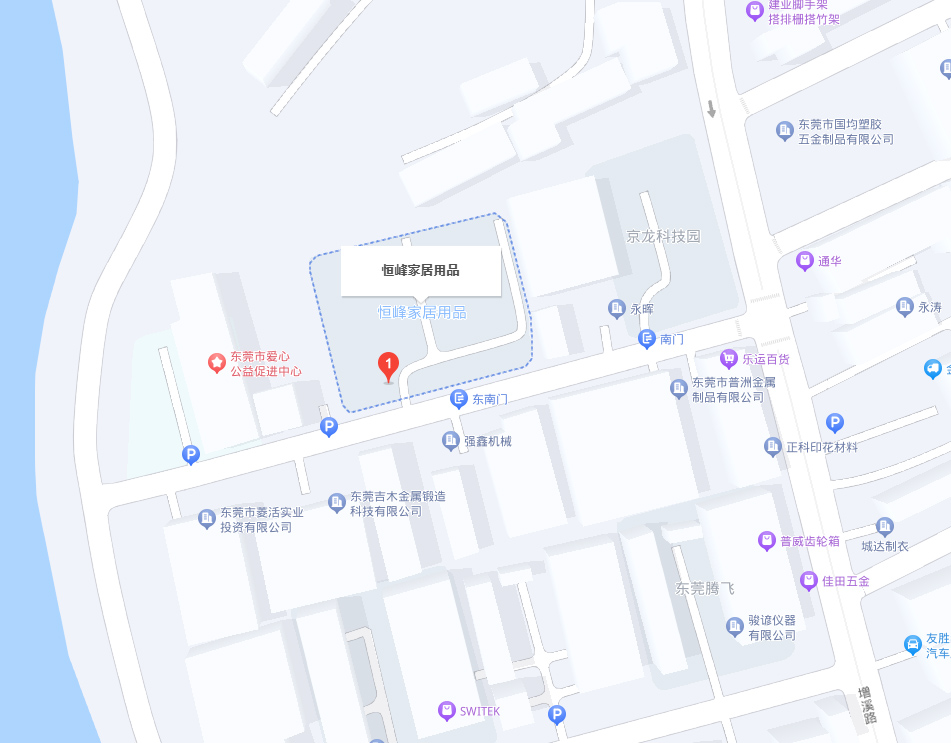The thickness of the adhesive tape is closely related to the bonding effect, and different thickness designs meet different process and bonding requirements. Thicker adhesive tape can effectively compensate for the small bumps and depressions on the adhered surface, increase the contact area, enhance the adhesion strength, and have better buffering and vibration isolation performance. It is commonly used in high adhesion demand scenarios such as electronic modules and automotive components. Thinner point adhesive tape is more widely used in parts that require lightweight or strict size requirements for fitting, which can reduce assembly thickness and minimize instability caused by assembly gaps.

The change in thickness directly affects key properties such as peeling force, initial adhesion force, and holding force. Choosing excessively thick point adhesive tape can easily lead to stress accumulation at the bonding interface, causing warping or residual adhesive problems; Using too thin dot tape may result in insufficient contact due to insufficient thickness, reducing adhesive strength. When selecting, the evaluation should be based on the surface roughness of the material, process accuracy, and application conditions to ensure that it matches the actual needs. At the same time, the performance of adhesive tape with different thicknesses can be verified through sample testing to ensure that it meets the process standards.
If you are looking for related products or have any other questions, you can call our company's sales hotline at 0769-86415161 or 138-2923-0758 at any time. You can also leave us a message below and we will serve you enthusiastically!

